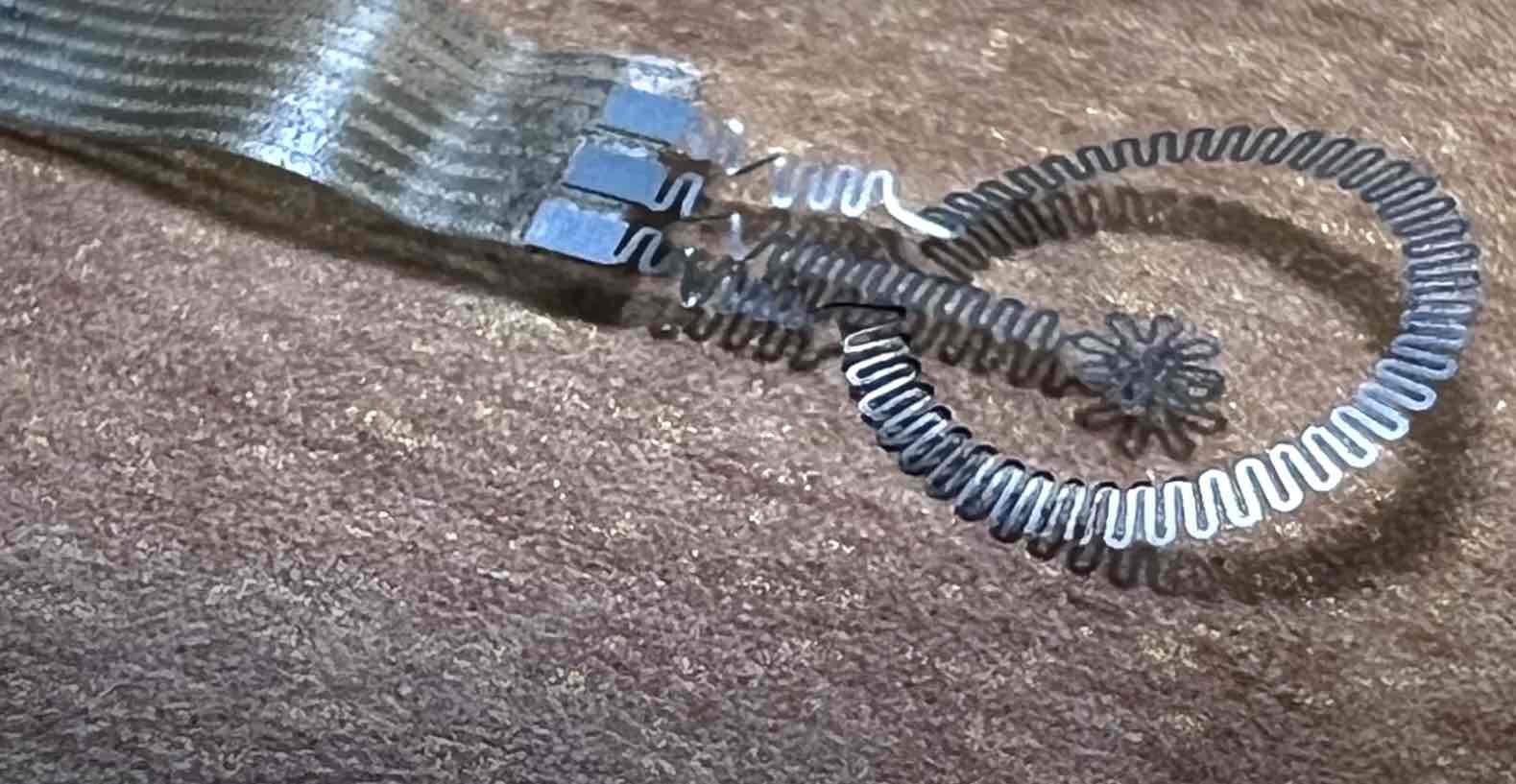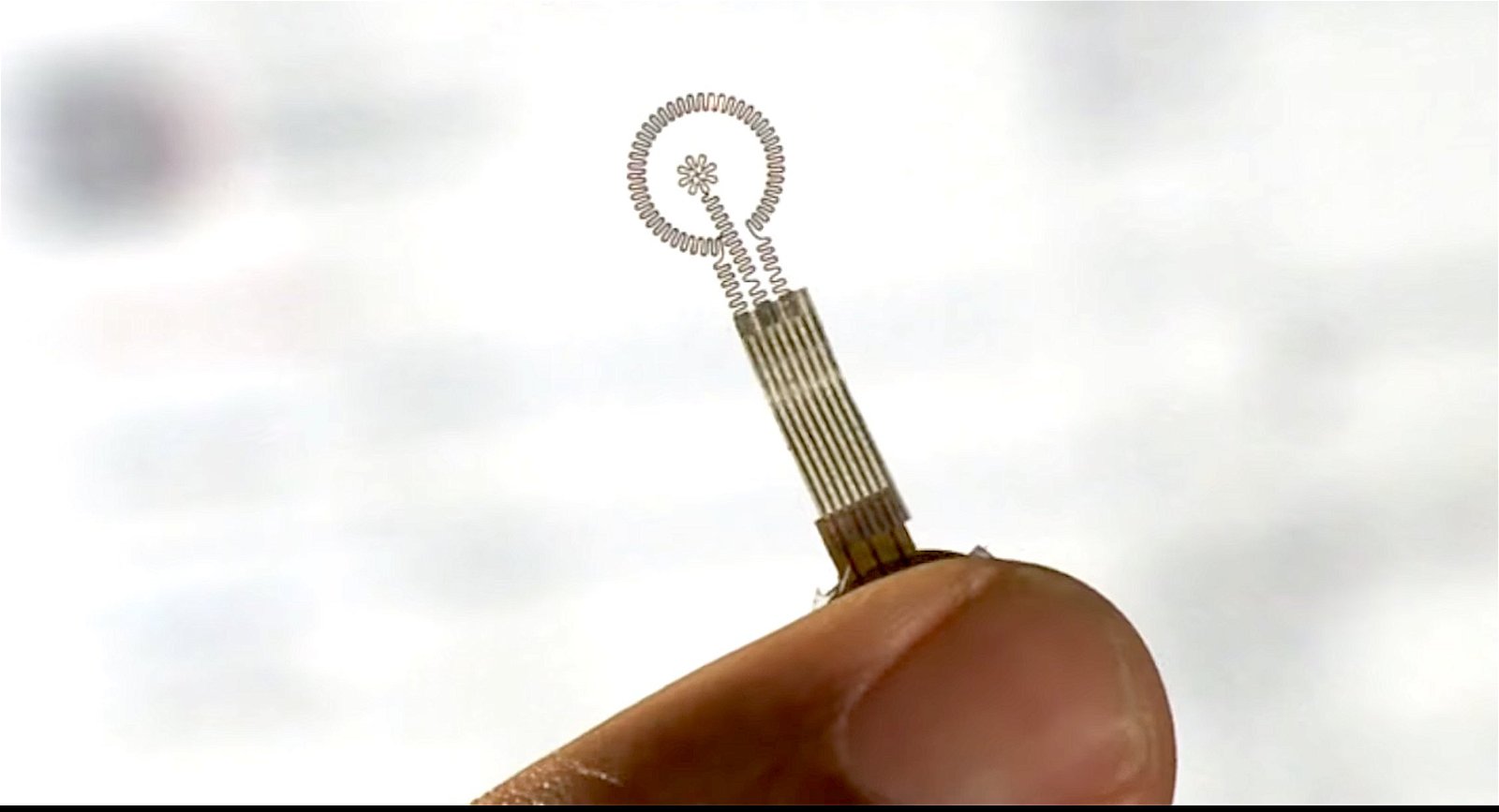Researchers have developed a new “magic” bandage that has shown the ability to heal wounds rapidly by harvesting electricity out of thin air. Early trials indicate the electric bandage can accelerate healing by as much as 30% simply by applying a measured amount of electricity to the injury, a process known as electrotherapy.
The new bandage allows for monitoring the status of healing via a smartphone app. And once healed, the body magically absorbs the bandage, so there is no need to endure the pain and possible re-injury caused by ripping it off.
Using Electricity to Accelerate Healing
Scientists have known for decades that used properly, the application of electricity, known as electrotherapy, can help accelerate the healing of wounds and other injuries. In fact, the human body itself uses electricity when healing wounds, a process that can become interrupted by a compromised immune system or other health conditions. For example, diabetics have a number of factors that cause wounds to heal slowly, including issues with blood flow that leaves them susceptible to infection and other health complications and interrupts the body’s own natural electrotherapy.
Unfortunately, very little medical equipment takes advantage of the benefits of healing with electricity. Those that do are expensive and complex and are often restricted to use in a clinical environment. The reasons for this vary, but mostly it comes down to doctors not understanding the right dosing, timing, and type of electrical stimulation needed.


Now, a research team from Northwestern University has developed a bandage that they say accelerated healing by harvesting electricity out of thin air. They also say their magic electric bandage can be monitored via an app on your phone, and once it is done healing, it is “resorbed” by the body.
Magic Bandage Harvests Electricity from Thin Air
“When a person develops a wound, the goal is always to close that wound as quickly as possible,” said Northwestern’s Guillermo A. Ameer, the study’s co-leader. “Otherwise, an open wound is susceptible to infection.”
The bandage Ameer and his team developed to combat this issue of slow healing consists of two separate sides. The first side contains a pair of electrodes. One is a tiny flower-shaped electrode that sits right on top of the wound, and the other is a ring-shaped electrode that is the part that actually sticks to the skin.
The second side of the bandage contains an energy-harvesting coil that operates by magnetic inductive coupling at a resonance frequency of 13.56 MHz to power the system. There is also a near-field communication system built into the second side that allows the bandage to report on the healing process in real-time. This is accomplished by measuring the electrical impedance across the wound. A raw wound is more electrically conductive, but as it heals, it becomes less conductive, so the app on your phone can tell you how far along you are in the healing process.
“As a wound tries to heal, it produces a moist environment,” Ameer said. “Then, as it heals, it should dry up. Moisture alters the current, so we are able to detect that by tracking electrical resistance in the wound. Then, we can collect that information and transmit it wirelessly. With wound care management, we ideally want the wound to close within a month. If it takes longer, that delay can raise concerns.”
The bandage also includes a small LED that can communicate operational status (in case the phone isn’t handy) and a microcontroller unit that supplies controlled voltages for stimulation and measures the applied current.
In the lab setting, the Northwestern team tested their magic electric bandage on mice whose ulcerative wounds healed 30% faster than the mice without the electrical stimulation. The researchers say the reason for the accelerated healing is the fact that when properly tuned and administered, their bandage can mimic “naturally occurring endogenous electric fields” that the body already uses to heal wounds.
“Our body relies on electrical signals to function,” Ameer said. “We tried to restore or promote a more normal electrical environment across the wound. We observed that cells rapidly migrated into the wound and regenerated skin tissue in the area. The new skin tissue included new blood vessels, and inflammation was subdued.”
In their study, which was published in the journal Science Advances, the Northwestern team notes that their system has one other advantage over conventional bandages. You never have to rip them off.
“Although it’s an electronic device, the active components that interface with the wound bed are entirely resorbable,” said Northwestern’s John A. Rogers, who co-led the study. “As such, the materials disappear naturally after the healing process is complete, thereby avoiding any damage to the tissue that could otherwise be caused by physical extraction.”
More Clinical Trials May Improve Process Further
The researchers behind the new electric bandage say they are preparing to test their process on larger animals and, eventually, humans. They also note that their initial trials involved 30 minutes a day of electrical stimulation with a field strength approaching ~250 mV/mm near the inner electrode, but a field strength as small as ~100 mV/mm is “known to be sufficient to cause migration of human keratinocyte cells to accelerate wound healing processes.”
By tinkering with the duration of exposure and the strength of the electric field, they hope to shorten healing times even further. Finally, they point out that the unique nature of their new magic electric bandage means the steps to final approval for use in humans are less rigorous than other medical advancements.
“Because the bandage leverages the body’s own healing power without releasing drugs or biologics, it faces fewer regulatory hurdles,” the researchers explain. “This means patients potentially could see it on the market much sooner.”
Christopher Plain is a novelist, comedian, and Head Science Writer at The Debrief. Follow and connect with him on Twitter, learn about his books at plainfiction.com, or email him directly at christopher@thedebrief.org.

